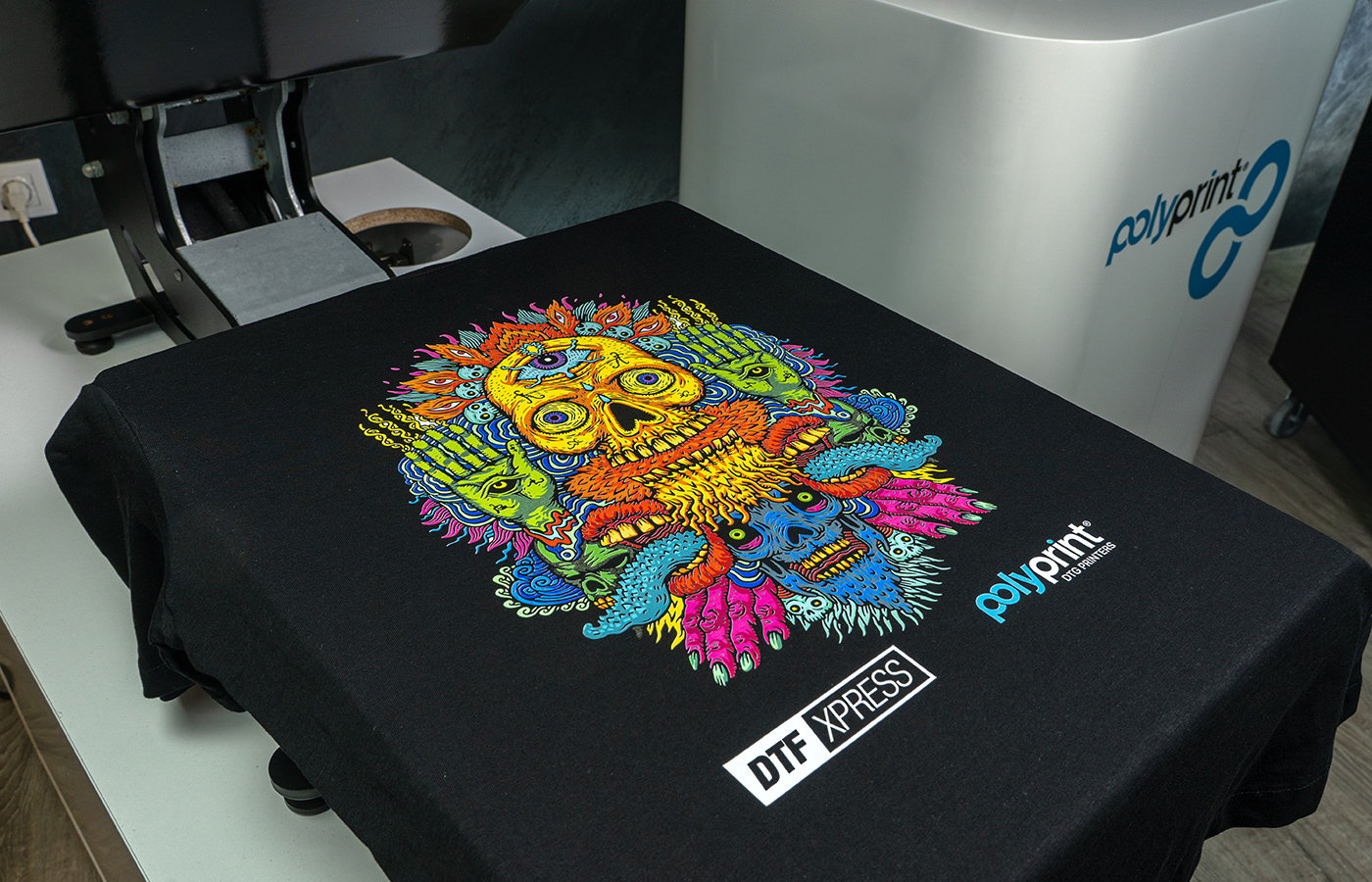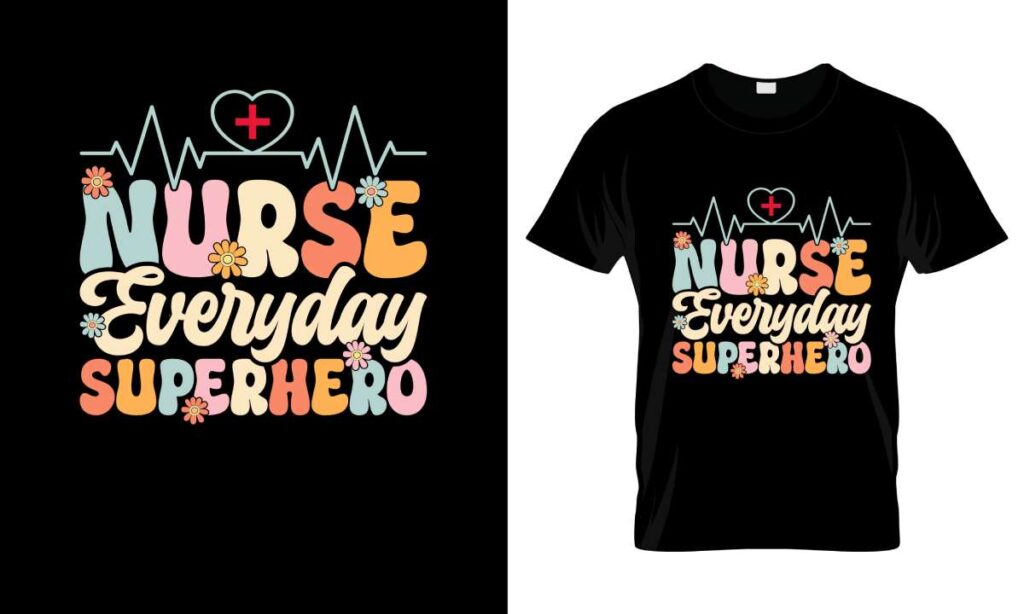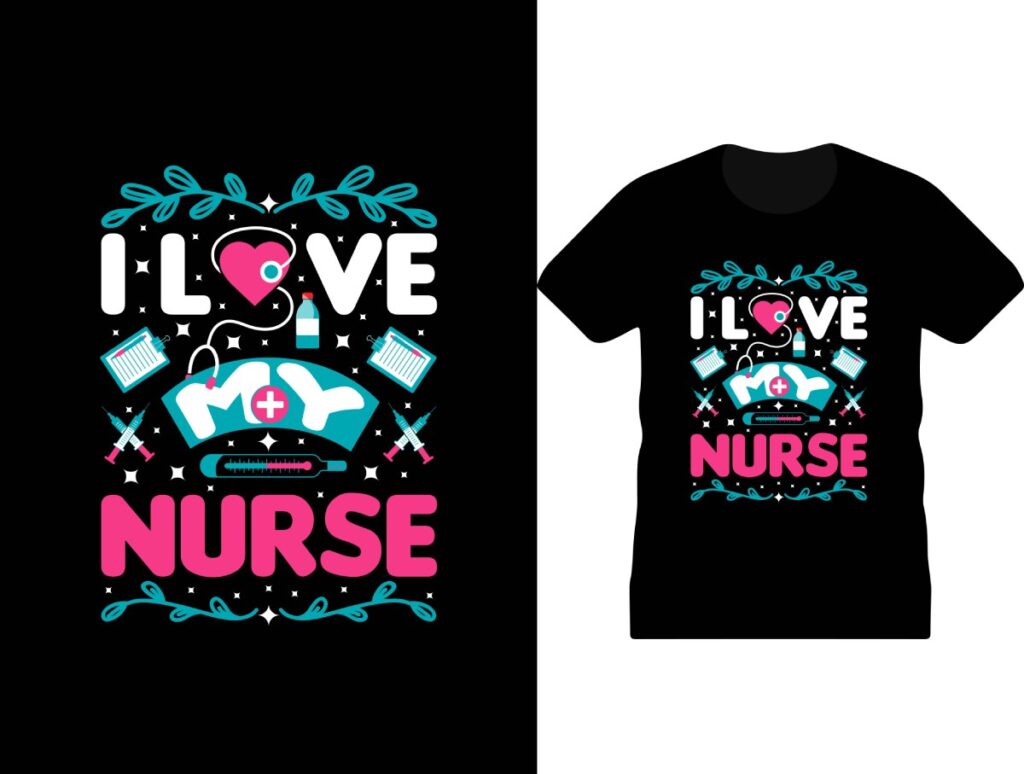DTF printing, or Direct to Film printing, is transforming the landscape of custom garment printing with its innovative technology that allows for the seamless transfer of vibrant designs onto fabrics. This method excels in versatility and efficiency, making it an increasingly popular choice for artists and businesses alike. Unlike traditional techniques, DTF printing offers a unique combination of durability and flexibility, enabling the production of intricate graphics with rich colors and fine details. As you explore how DTF printing works, you’ll discover the numerous benefits it brings, such as cost-effectiveness and the ability to print on a wide range of materials. In this guide, we will delve deeper into DTF printing technology, highlighting its advantages and practical applications in the ever-evolving world of textile printing.
Direct to Film printing, often referred to by the acronym DTF, represents a groundbreaking approach in the realm of fabric decoration, setting a new standard for custom garment designs. This technique leverages advanced printing processes to achieve striking visuals that not only look great but also stand the test of time in terms of durability. Whether you’re investigating the mechanics behind how DTF printing functions or weighing the benefits of this innovative method, it’s evident that DTF technology is revolutionizing the printing industry. With its ability to create vibrant designs on various fabric types, this form of printing offers businesses and designers an advantageous edge over traditional methods. Join us as we explore the intricacies of DTF printing and its game-changing impact on garment customization.
Understanding DTF Printing Technology
Direct to Film (DTF) printing represents a groundbreaking advancement in the realm of textile printing. This innovative method utilizes a specialized film that can easily adhere to different fabric types, allowing for profound color vibrancy and clarity. Unlike traditional printing techniques that may restrict design possibilities, DTF printing embraces versatility, making it an excellent choice for custom garment printing projects. By creating intricate designs with precise detail, artists and companies alike can realize their creative visions effortlessly.
In DTF printing, the process begins by printing the desired design onto a specific type of transfer film. This film is then coated with a powdered adhesive, which enables the ink to bond securely to the fabric during the heat transfer process. Such technology not only preserves the integrity of the design even after multiple washes but also accommodates a wide array of materials. As a result, DTF printing becomes a go-to solution for businesses looking to produce high-quality, durable printed products.
Benefits of DTF Printing for Custom Garments
One of the significant benefits of DTF printing is its ability to produce vibrant colors that stand out on any fabric. This is crucial for custom garment printing, where bright, eye-catching designs are necessary to attract customers. The inks used in DTF printing are designed to maintain their color integrity over time, ensuring that garments stay looking fresh and appealing even after repeated wash cycles. This durability is vital for businesses that aim to build a reputation for high-quality, long-lasting products.
Additionally, DTF printing is impressively versatile, allowing for application on various fabrics like cotton, polyester, and blends. This flexibility means that businesses can cater to diverse markets with different fabric needs without changing their printing method. DTF printing not only streamlines the production process but also minimizes waste through efficient design layout, particularly when utilizing techniques such as gang sheets. Overall, the cost-effectiveness and adaptability of DTF technology make it an attractive option for both small and large-scale printing operations.
Another noteworthy advantage of DTF printing is its efficiency, particularly in handling smaller runs. Unlike screen printing, which requires extensive setup for each different design, DTF printing allows for quick transitions between designs. This capability is particularly advantageous for businesses that receive frequent custom orders or need to fulfill varying quantities. Consequently, DTF becomes the preferred choice for businesses seeking to offer personalized garment printing without incurring high costs or long turnaround times.
Moreover, the implementation of optimized equipment, like advanced DTF printers, enhances the overall production quality. Investing in high-quality DTF printers can significantly improve print resolutions, ensuring that intricate details are faithfully reproduced. This leads to greater customer satisfaction, paving the way for repeat business and positive word-of-mouth recommendations. As DTF printing technology continues to evolve, its relevance in the garment printing industry will only strengthen.
How DTF Printing Works
To tap into the potential of DTF printing, it’s essential to understand the step-by-step process involved. First, creating your artwork is critical, where designers must utilize software like Adobe Illustrator to prepare graphics accurately. Once the designs are finalized, they are printed onto DTF film with a printer that is specifically designed for this purpose. The inks used are a significant aspect of this technique, as they must encapsulate the vibrancy expected from this printing method.
After the design is printed, an adhesive powder is applied to the wet ink, allowing it to bond effectively. This is where the magic of DTF printing occurs—once heated, the adhesive activates, forming a strong bond between the ink and the film. The next stage is transferring the design to the fabric using a heat press, where the appropriate temperature and pressure must be applied. Finally, after the transfer is complete, the film is peeled away, revealing a striking, durable design that is ready for use or sale.
The Rising Popularity of Gang Sheets in DTF Printing
Gang sheets have emerged as a game-changer within the DTF printing landscape, offering efficient production without compromising quality. This technique allows multiple designs to be printed on the same sheet of film, optimizing material usage and reducing costs. For businesses aiming to diversify their offerings with various designs or colors, gang sheets facilitate this process seamlessly. This method is particularly beneficial for custom orders, where a diversity of designs can be presented without sacrificing quality or increasing production time.
Moreover, utilizing gang sheets increases efficiency by allowing printers to align multi-color designs on a single film sheet. This not only streamlines the printing process but also minimizes waste, as unused areas of the film can be maximized during printing runs. Adopting gang sheets in DTF not only fosters an environmentally friendly approach by reducing waste, but also enhances the overall profitability of custom garment printing operations.
Investing in High-Quality DTF Printers
As the demand for DTF printing continues to rise, investing in high-quality printers is crucial for maintaining a competitive edge in the garment printing sector. The introduction of advanced models, such as the LOKLiK iPrinter DTF, has revolutionized the market by providing printers with capabilities to deliver superior print quality. These printers are equipped with cutting-edge print head technology, enabling high-resolution outputs that cater to complex designs.
Not only do high-quality DTF printers enhance the aesthetic appeal of printed garments, but they also improve production speeds and efficiency. With faster printing capabilities and fewer breakdowns, businesses can meet tight deadlines and fulfill larger orders without compromising on quality. Ultimately, investing in state-of-the-art DTF printing technology results in vibrant, long-lasting designs that resonate well with consumers, fostering brand loyalty and helping businesses grow.
Future Trends in DTF Printing
Looking ahead, the trends in DTF printing promise to elevate its capabilities even further. With constant advancements in technology, we can expect to see enhancements in speed, efficiency, and quality that align with industry demands. Manufacturers are focusing on developing eco-friendly inks and films to address growing environmental concerns, which can significantly impact the appeal of DTF printing for conscious consumers.
Furthermore, as personalization and customization gain more traction in the apparel industry, the flexibility of DTF printing will serve as a significant advantage. Businesses will likely leverage this technology to provide on-demand printing services, allowing customers to create unique designs that express their individuality. Staying ahead of these trends will be important for anyone involved in the DTF printing process, ensuring that they can adapt to emerging opportunities and continue to meet customer preferences.
Frequently Asked Questions
How does DTF printing work?
DTF printing works by creating a design on a special transfer film, applying a powdered adhesive to the design, and using heat and pressure to transfer it to fabric. This method allows for vibrant colors and high-quality prints across different fabric types.
What are the benefits of DTF printing compared to traditional methods?
The benefits of DTF printing include vibrant color reproduction, versatility across various fabrics, cost-effectiveness for small runs, and durability, ensuring prints resist fading and cracking after washing.
What is DTF printing technology and how is it used in custom garment printing?
DTF printing technology utilizes a unique process involving transfer films and adhesive powders, making it ideal for custom garment printing as it allows for intricate designs and vivid color application on diverse textile materials.
What are gang sheets in DTF printing and how do they enhance production?
Gang sheets in DTF printing refer to the technique of printing multiple designs on a single film sheet, optimizing production by reducing waste and allowing for seamless alignment of multi-color designs, especially beneficial for custom orders.
Can you explain the process of DTF printing step by step?
The DTF printing process involves creating artwork, printing on DTF film, applying adhesive powder, curing the adhesive, transferring to the fabric using heat, and then peeling the film to reveal the vibrant design.
What types of fabrics can be used with DTF printing?
DTF printing is versatile and can be applied to a variety of fabrics, including cotton, polyester, and blends, making it suitable for a wide range of custom garment printing projects.
| Key Points | Details |
|---|---|
| What is DTF Printing? | DTF printing transfers vibrant graphics onto fabrics using a special film coated with adhesive and heat pressure. |
| Key Developments in DTF Printing | 1. Gang Sheets – Print multiple designs on one sheet to optimize production. 2. Snuggle DTF – New platform improving DTF services for resellers. 3. High-Quality Printers – Advanced models offering impressive print quality. |
| Benefits of DTF Printing | – Vibrant colors that last after washes. – Versatile on various fabrics. – Cost-effective for small runs. – Durable against cracking and fading. |
| How to Use DTF Printing | 1. Create artwork. 2. Print on DTF film. 3. Apply adhesive powder. 4. Cure the adhesive. 5. Transfer to fabric. 6. Peel the film. |
Summary
DTF printing has emerged as a groundbreaking technique in the textile industry, allowing for the creation of vibrant and durable custom designs. The process not only enhances color fidelity across various fabric types but also offers significant benefits such as cost-effectiveness and ease of use. With advancements like gang sheets that optimize printing efficiency and high-quality printers that cater to detailed designs, DTF printing is quickly becoming the go-to method for artists and businesses alike. Embracing this innovative printing technology can elevate your custom garment offerings, ensuring they attract and resonate with your target audience.



